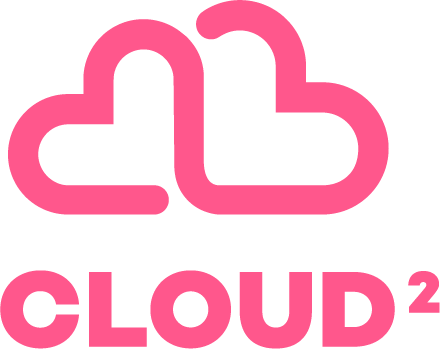FinOps Is a Team Sport – Bridging the Gap Between IT and Business
Have you ever been in a situation where the IT department is scrambling to explain cloud costs, while product development is pushing forward with new features? Many organizations find themselves in this tug-of-war. It's a frustrating scenario: the IT team is under pressure to cut costs, while developers don't even see how their choices impact the bottom line.
I see FinOps as a way to unite these two worlds, not as just an IT responsibility, but as a shared game for the entire company. When cost awareness spreads, cloud costs are no longer a terrifying threat, but an opportunity.
Navigating the Cloud Blindfolded – Why Every Business Needs FinOps
Imagine this: your cloud environment is growing rapidly. New resources are provisioned, services are scaled, and coders are pushing forward. Everything seems to be working, but where are the costs going, and who is responsible for them? It’s like trying to navigate a complex maze without a map – not a great approach.
Thankfully, there are tools like Spotter that bring clarity to this fog. Spotter's cost visibility features enable all teams—not just IT, but also developers and product owners—to understand the reality of cloud consumption before the bill arrives. It’s like finally getting a clear view of the path ahead.
What if you could set budget alerts at the project or team level? Spotter’s new feature makes that possible. You can even factor in shared resources as percentages. This way, you can anticipate overspending before it turns into a problem. Visibility and predictability are key. This is how we move from reactive cost-cutting to proactive cost awareness. And that’s where the real value of FinOps lies.
How Cost Awareness Fuels Innovation
Do we often think of FinOps as just a cost-cutting measure? It’s like saying a building is just a place to live. In reality, it can also be an engine for innovation. When a team understands their cloud spending, they start asking the right questions that lead to better solutions. Could we optimize our architecture for greater efficiency? Are we over-provisioning resources, or would serverless solutions be a better option? Are there new, cost-effective technologies that align better with our needs?
Instead of simply cutting costs, FinOps enables smarter architectural choices. This leads to better performance, scalability, and long-term sustainability. Cost awareness is not a barrier, but an impetus for innovation.
The Three Key Stages of FinOps: Visibility, Optimization, and Governance
The core of FinOps is summarized in three stages: visibility, optimization, and governance. The first step is to make cloud costs visible to everyone. All parties, from IT to developers and finance, should see where the money is going. This transparency creates accountability. Once visibility is established, we can start thinking about optimization. Can the architecture be tweaked? Are there inefficient resources or are there better ways to do things? The goal is to only spend on what is essential for the business. The third stage is governance, ensuring that cost awareness is not a temporary thing, but a continuous process. Clear cost responsibilities and tools like Spotter's budget alerts help with forecasting.
From Cost Control to Business Agility
FinOps is not just about saving money, but about creating a cloud strategy that harmonizes cost, performance, and innovation. When cost awareness is not limited to IT, organizations can operate more agilely, efficiently, and competitively. When IT, finance, and business work together, cloud costs become a strategic asset. With tools like Spotter, providing real-time visibility and budget alerts, we can manage costs while also empowering teams to innovate. Do you want to be part of this change?

